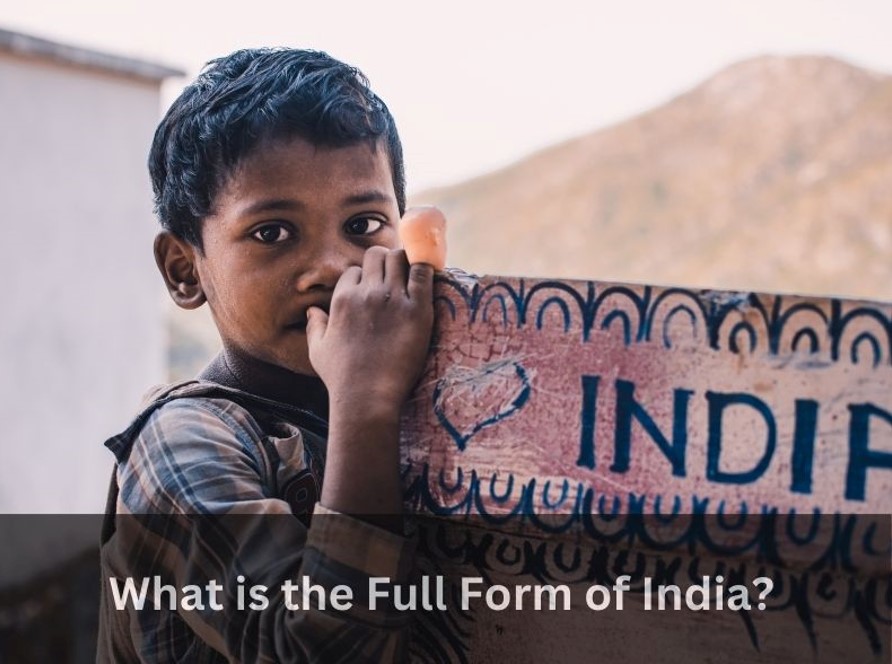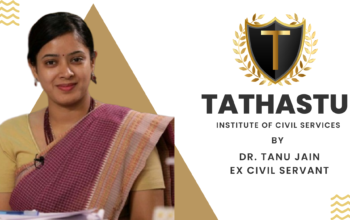India is a country in South Asia, the 7th largest by area and the second largest by population. It has a kaleidoscope of cultures, traditions, religions and languages.
People often get confused about what is the full form of India. This article aims at clearing up the doubt.
Origin
The full form of India is a country in Asia, home to one of the world’s oldest civilizations. It is also the largest democracy in the world, with a population of over 1.3 billion people.
The earliest parts of Indian history are known only through reconstructions from archaeological evidence. Recent studies have enabled a far fuller reconstruction than was previously possible.
Archaeologists have discovered that Indian tribes inhabited the subcontinent from at least 50,000 years ago. Tribes represented a flexible social structure that helped the people adapt to the changing landscape of this region. They were not based on a single religion but rather on local languages and customs that varied from region to region.
Some of these tribal groups remained unchanged through time, retaining their language and cultural traditions. Others were assimilated into larger agricultural caste societies that imposed rules on their members’ behavior.
Other tribal groups adapted to the conditions of India’s early days, becoming part of the pre-state cultures that flourished in this area. Such tribal groups were also flexible enough to adjust their production and distribution to fluctuations in availability of resources.
These tribes were able to adapt quickly to changing climate and political environments, providing them with the means to thrive in an increasingly complex society. They developed a variety of tools and technologies that enabled them to produce and trade with other tribes and their trading partners throughout the region.
Eventually, tribes formed states that allowed them to co-exist and develop into a more sophisticated society. During the Indus Valley civilization, for example, a group of tribal communities emerged as a unified state that reshaped the face of ancient India and became the dominant social and religious force.
As a result, India’s indigenous religions, which are now known as Hinduism, developed as a way of organizing life within the new state structures. Among these were the Vedas, which contain a series of hymns and ritual instructions that formed the basis of Hinduism’s philosophy and theology.
Today, the vast majority of Indians belong to a linguistic, cultural and religious group called “Hindu.” They are the dominant ethnic group in India. It is estimated that there are over 900 million Hindus worldwide.
Short form
India is the name of a country in South Asia. It is a large and populous country, with a population density that is higher than most countries in the world. It is known for its culture and traditions.
The short form of the word is a very common way to describe the country, and it has been used in literature for centuries. It also occurs in television and cinema commercials, and on the internet as a domain name for a web site or social media profile.
It is sometimes used in place of the phrase ‘Indian subcontinent’, which may cause confusion or offense to native speakers. It is also frequently used as an acronym to refer to the entire country, or to all of its states.
This is because the term ‘India’ has several other, more complex meanings: it is the name of a region; it is an area of land in Southern Asia; and it is a name for the people living in the region.
Long Indian names are often shortened to the first two syllables for informal and semi-formal usage, especially in northern Karnataka, Maharashtra and Tamil Nadu. It is also common to shorten female names to form nicknames, as in Sushmitha or Nazneen.
In addition to the standard syllable-ending sounds, some Indian English uses sounds similar to ‘dental plosives’ (similar to Irish English), which sound like /t/ and /d/ but with the tongue touching the teeth. These are represented here as ‘th/’ and ‘d/’, as they remain distinct from the usual /t/ and /d/.
There are also some ‘ELSI’ symbols, which are reserved for words whose root language is one of the languages spoken in India. They are similar to the standard symbols mentioned above but vary in length or rhoticity, and are commonly used to reflect a broader range of qualities than are found in some varieties of English.
Abbreviation
India is the home of the Hindu and Hindi languages, the world’s largest democracy, and a hot bed for innovation and technology. While it is often hard to separate the nation from its diaspora, the best way to do so is to learn about its people and their rich tapestry. You can do this by learning their unique history, culture, and traditions. A good start is by asking your friends, colleagues, and family for advice. You can also get tips by reading books, visiting local libraries and bookstores, and asking for recommendations on the internet. Finally, remember to be a good sport and thank those who have helped you along the way.
Meaning
India is a large South Asian country that is home to many people. It is the seventh largest country in terms of area and second-largest in terms of population. It is surrounded by the Indian Ocean, the Arabian Sea, and the Bay of Bengal. It has land borders with Pakistan to the west, Nepal and Bhutan to the north, and Bangladesh and Myanmar to the east.
The country has a diverse culture, traditions, and religions. This makes it an ideal destination for travel and adventure lovers. It is also a home to various festivals and events that are enjoyed by millions of people around the world.
As the name suggests, India is a very huge country with a lot of things to offer its visitors. It has an amazing history, a kaleidoscope of cultures and diversity, and many beautiful sights. This country is truly a treasure trove of wonders that will leave you in awe.
In India, you can find the highest mountain ranges, pristine ecosystems, and rare species of flora and fauna. It is also a home to 28 states, 8 Union Territories, and over 400 languages.
One of the oldest civilizations in the world, India has a fascinating and diverse history. It has had a long struggle for freedom, and it has been ruled by many magnificent and powerful rulers.
Moreover, it is the birthplace of a number of great philosophers. It is also the origin of several ancient sciences, including chess, algebra, trigonometry, and calculus.
Another important fact about India is that it is considered to be the most populous democracy in the world. The country has an estimated population of over 1.2 billion people. It is a large, developing country that has many opportunities for growth and development.
The name of the country is derived from the word Indus, which is derived from the Old Persian word Hindu, which itself comes from the Sanskrit word Sindhu. This word refers to the river Indus that oriented major parts of India from Pakistan. The Greeks referred to this country as Indoi, which translates to “the other side of the Indus.” This word is later altered to India.




